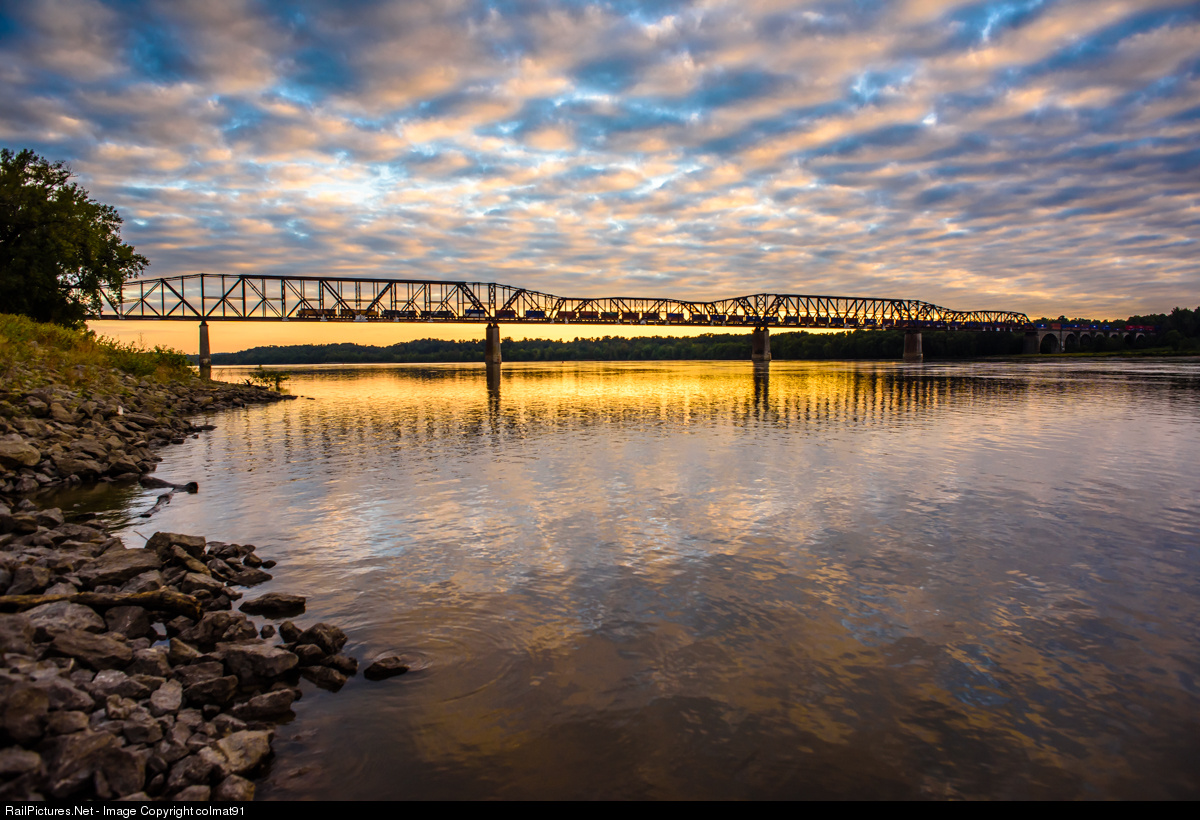
Bellwether Becomes Your Invaluable Management Tool.
Elevating Bridge Monitoring for Efficiency, Safety, and Informed Decision-Making
Bellwether provides continuous monitoring, detecting both gradual changes and sudden events caused by strikes, scour, and earthquakes. Make your visual inspections more effective and efficient by cueing inspections based on comprehensive, objective information.
Live load inspections are highly desirable but are often difficult or impossible—Bellwether presents live load information from the entire bridge after each train. Establishing and monitoring trends is difficult with conventional inspections. Bellwether provides trend information based on measurement and calculation.
Make inspections safer for your inspectors. Our sensor modules safely take readings in even the most difficult spots.
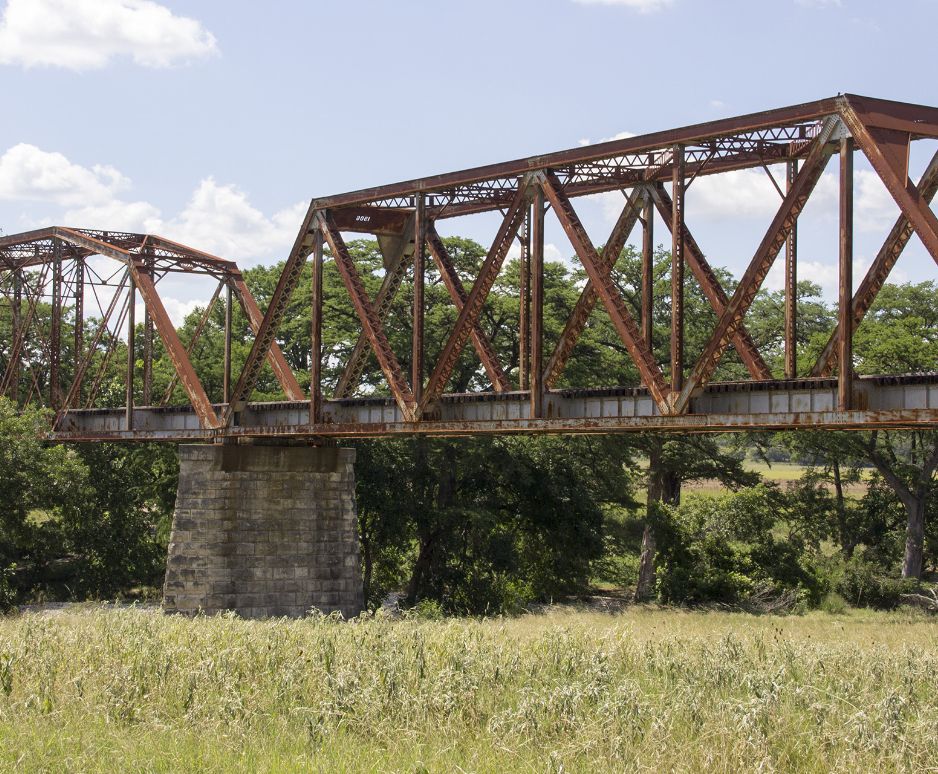
Key Benefits of Bellwether Bridge Monitoring
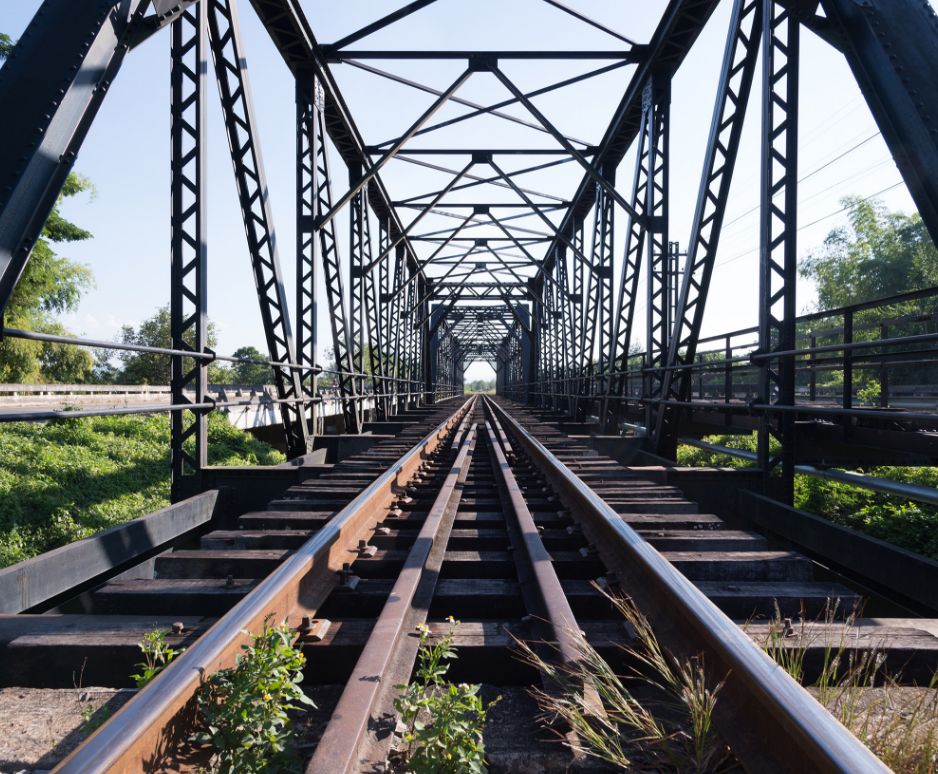
- Improve capital allocation and budgeting for bridges based on comprehensive knowledge from Bellwether.
- Verify substructure status before making design decisions for bridge replacements.
- Continuous monitoring with Bellwether enhances the effectiveness and efficiency of inspections.
- Trend information based on measurement and calculation provides valuable insights for inspections.
- Establish a 3-5 year bridge inventory plan, determining which bridges to keep, rebuild, or replace.
- Monitor bridges closely during the replacement process.
- Comprehensive, objective live load information aids in making inspections more targeted.
- Sensor modules ensure safer inspections, especially in inaccessible locations.
Strategic Bridge Inventory Management
The Bellwether monitoring system can address multiple management challenges and needs through data collection that eliminates speculation of bridge condition as well as providing the pathway to help your team better manage your bridge inventory.
Challenges
Heightened public concern about rail safety, especially where hazardous cargo is involved.
Half of the bridges in North America have been in service for a century or more, far exceeding the typical design life of 80 years by 25%.
Real world conditions impose wear and damage at different rates for dfferent bridges with no warning.
Bridge replacement is very costly.
There is a looming bridge aging problem due to years of service, condition, traffic levels, and costs. Triage is essential for affordable management of the inventory.
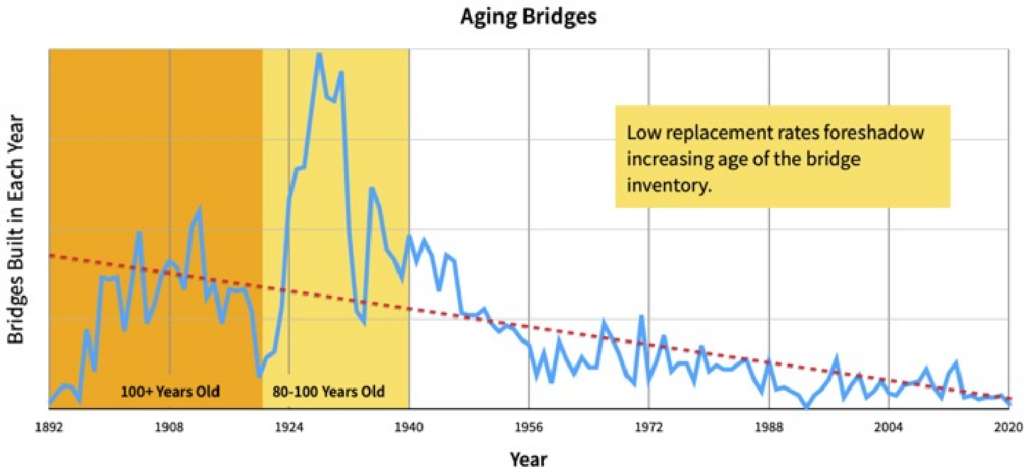
Informed Planning and Budgeting
Focus your budgeting with continuously updated status of the bridge inventory. Avoid premature or unnecessary bridge replacements.
Optimized Risk Management
There is a shortage of liability capacity in the rail insurance industry. Obtain or reallocate insurance capacity by lowering risk.
Enhanced System Velocity
Keep traffic moving fluidly over all bridges, especially bottlenecks.
Maximize Safety and Improve Overall Operations Through an Array of Benefits
Improved Effectiveness And Efficiency Of Inspections
Comprehensive, objective live load information.
Better trend information for more informed decision-making.
Reduced need for frequent re-inspections of problematic bridges.
Better Lifecycle Inventory Management
Efficient triage of the bridge inventory.
Prioritization of repairs and replacements based on accurate data.
Extension of the service lifetime of certain bridges when feasible.
Reduced probability of premature or unnecessary bridge replacement.
Tracking of bridge load cycles for estimation of fatigue accumulation.
Monitoring the effectiveness of outsourced maintenance programs.
Better Operational Recovery
Immediate status updates for equipped bridges after earthquakes or other disasters.
Assessment of bridge conditions during and after flood or hurricane recovery.
Reassessment of bridge conditions following fire, collision, or derailment.
Lower Lifecycle Maintenance Costs
Early detection and resolution of deficiencies forestalling, preventing accelerated damage accrual.
Identification of bridge damage caused by track issues by poor approaches.
Lower Risk
Continuous monitoring reduces the chances of surprises.
Timely detection of potential failures, collisions, and other incidents.
Avoidance of running trains over compromised bridges.
Effective and Efficient Bridge Maintenance
Cost avoidance and cost savings
- Prioritize and schedule major repairs and replacements. Bellwether can help you efficiently and accurately determine whether the entire structure or specific components warrant repair or replacement—and in which order of priority.
- Make more efficient use of inspectors and more effective inspection results, particularly under live load.
- Better detection and targeting of repairs based on identification of specific structural weaknesses. Bridge damage accrues at an increasing rate — early detection and remediation save money.
- Current bridge management is primarily based on visual, subjective inspections which provide only periodic glimpses of bridge conditions. Bellwether gives improved and more timely awareness of actual conditions in the field.
- Remote, continuous monitoring of troublesome bridges requiring frequent manual inspections saves time and money.
- Improved confidence in the accuracy of bridge load capacity ratings based on objective physical measurements of the structure’s performance under live load.
Faster, more Effective Incident Recovery
- Be alerted immediately of incidents or accidents and receive real time bridge status updates for dispatchers, inspectors, and engineers.
- Bellwether’s optional automatic video monitoring provides ultra high definition imagery for real time observations and use as legal evidence.
- Earthquakes or flooding can result in widespread line closures which inspections may take hours or days to resolve. Instead, you can prioritize limited inspection resources based on simultaneous and immediate re-assessment of damage to all Bellwether-equipped bridges.

Bellwether Adoption Strategy can be Seamless
For new or existing structures
No need for blueprints or costly and unverifiable modeling. Independent of previous engineering, Bellwether offers a fresh and objective view into the structure’s status. In the event a structure is replaced in the future, Bellwether will have collected useful information concerning the performance of existing foundations and substructures.
Deployment is simple and quick
Bellwether’s patented highly scalable wireless architecture is based on battery-powered sensor modules which are simply attached at key locations on the structure. The optional video subsystem is integrated into the wireless architecture.
High Priority—Greatest Need
Bridges slated for near-term replacement. If it needs replacement, it needs monitoring.
Bridges and embankments at high risk due to scour or impact damage.
Bridges over roadways where evidentiary-quality video of vehicle impacts will be useful in litigation.
Troublesome bridges, especially those that require frequent re-inspections.
Bridges that are capacity bottlenecks due to load capacity or slow orders.
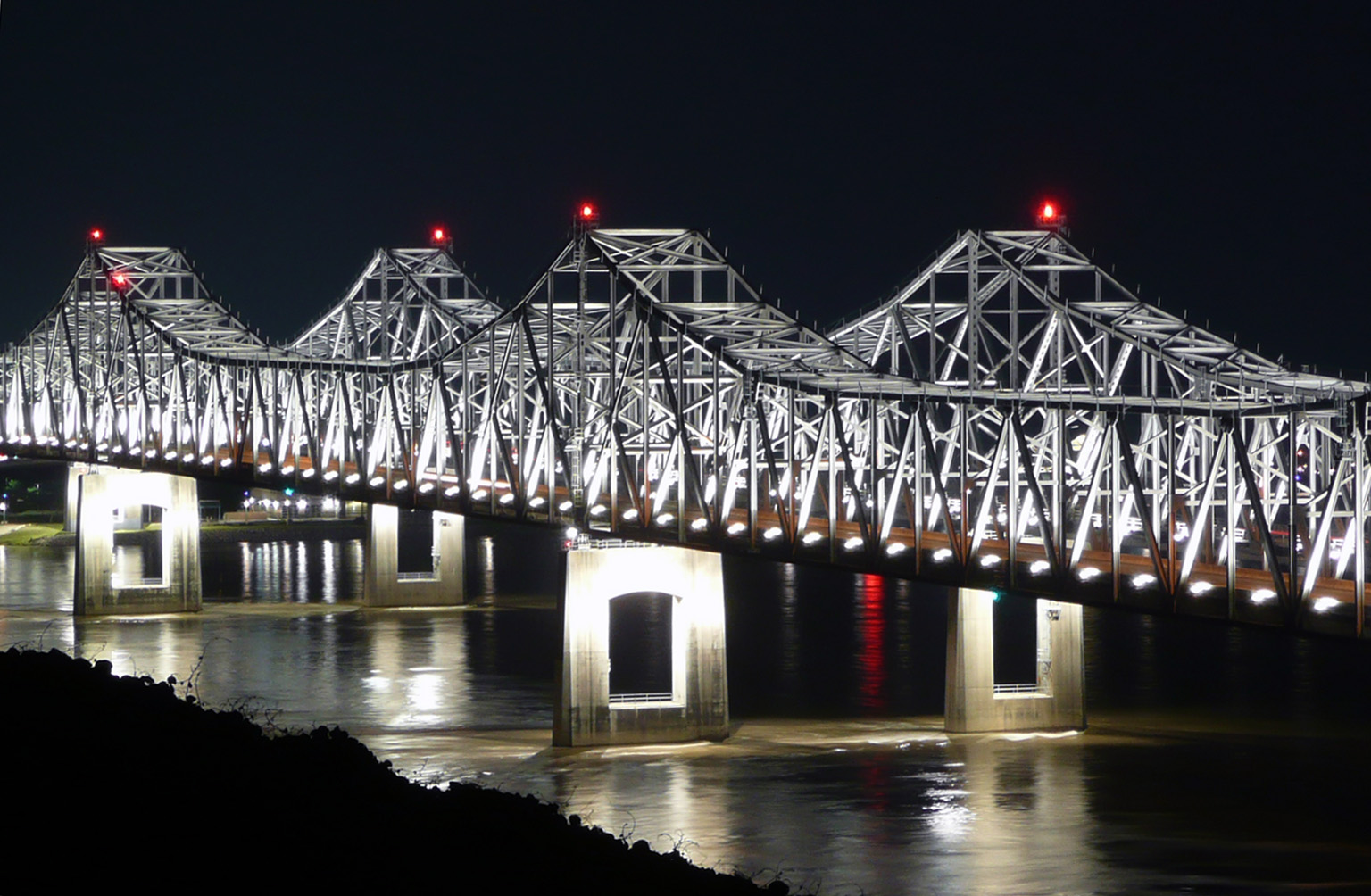
Broader Adoption Strategy Supports Management
Broader Adoption – Application to more bridges with certain specific needs:
Bridges suspected of being near end-of-life due to high accumulated load cycles.
Other bridges within the network that are generally subject to scour or impacts.
Bridges considered for replacement due to age alone (e.g., timber bridges).
Bridges in parts of a network with incrementally higher risk (e.g., a key part of the network, a line which carries significant hazardous materials, or is shared with passenger rail).
Bridges which are difficult to inspect due to size, complexity, inaccessibility, poor substructure, and those impossible to inspect under live load. Monumental bridges are very expensive to replace and very difficult to assess using current methods. Bellwether can accurately measure key metrics including lateral and vertical dynamic deflection even on very long spans as well as static displacement.
Bridges located in seismically active regions.